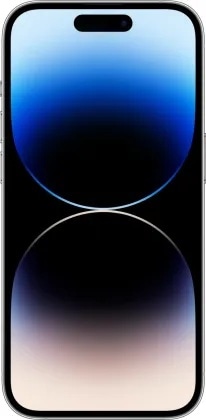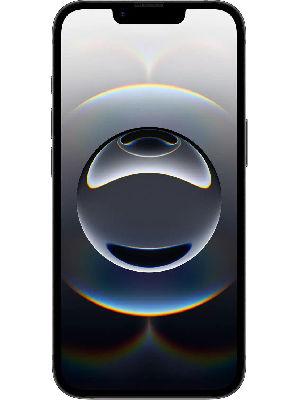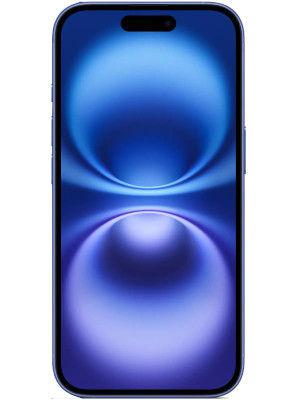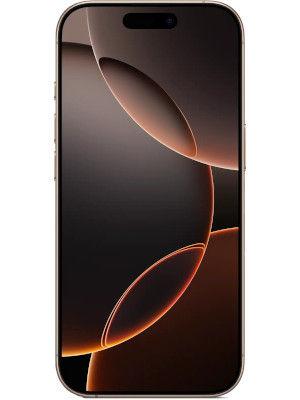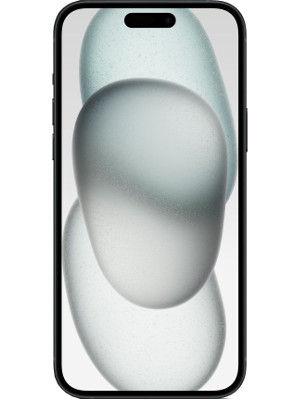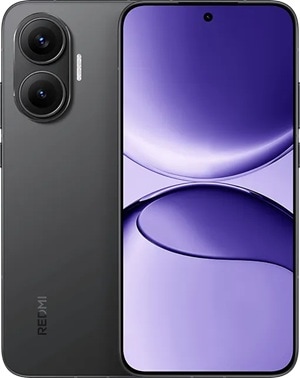Proton’s new VPN, UltraProlink Boost Blade Duo review & TechInsights’ iPhone data
The one that really caught my eye, Proton VPN, which besides talking about expanding free VPN servers in 10 more countries, is getting a new architecture.
Opening thoughts. Microsoft CEO Satya Nadella says that the AI industry’s problem isn’t lack of compute or excess of compute, but the fact that there isn’t enough power available to plug in all the hardware they have. He mentioned this in a podcast recently, of which OpenAI’s Sam Altman was also part (and in an uncharacteristically defensive mood when asked about revenue versus spend commitments). Here are a few takeaways from this. First, if Microsoft has racks of Nvidia’s H100 GPU sitting idle because the power infrastructure simply doesn’t exist, they’ve clearly enthusiastically ordered too many chips. Secondly, these aren’t exactly “investments” when they’re sitting around gathering dust; so much for the over-enthusiastic “AI investments” pitch that seems a constant in life these days. Third, since this purchased hardware isn’t earning any revenue, every single pricing of these companies by analysts uses a model that’s broken at the base. Nadella has a point that everyone in the AI space (and their apologists) seems to be missing — don’t buy too much of one generation of AI hardware. You can perhaps get 50,000 GPUs if you want from Nvidia, in a matter of months. But the grid capacity upgrades will take years. It’s all already depreciating faster than a tumbling pack of cards.

Last week on Wired Wisdom: Adobe’s AI avenue, Asus presumptuous console pricing, and pondering brain rot
ANALYSIS: PROTON’S REBUILDING THE VPN PROPOSITION

We’re coming to the end of 2025, and therefore it is as good a time as any for Proton’s roadmap declarations. There are significant updates lined up over the next few months for Mail and Calendar (smarter inboxes with category view and easier switch for businesses, for instance), Proton Drive (shared drives and rebuild for better performance) and Proton Pass (folders and subfolders, as well as improved autofill on devices). The one that really caught my eye, Proton VPN, which besides talking about expanding free VPN servers in 10 more countries, is getting a new architecture. Proton says this has been developed in-house, for better anti-censorship and provides post-quantum encryption. This new architecture, says Andy Yen who is founder and CEO of Proton, is borne by the needs of time including “advanced censorship regimes to recent developments in quantum computing”. The security focused software company hopes that the new architecture will also hold advantages of performance improvements within the app and also connectivity, while allowing them to deploy new features across the Proton VPN app on different platforms with no delay. Also on the agenda, faster load times, easier and more intuitive server selection (granular control of selecting servers in individual cities and states in supported countries), better split tunnelling, more languages, and an improved Android TV app.
Our coverage of Proton’s privacy evolution, over time…
TECH SPOTLIGHT: ULTRAPROLINK BOOST BLADE DUO

It is quite incredible how versatile some tech accessories have become, off late. Take for example, this impressive Boost Blade DUO from Indian tech company UltraProlink. This is a two-in-one, that is a 67-watt GaN (or gallium-nitride, a more efficient conductor) travel charger with integrated US and Canada pins as well as an India pin adapter in the box, as well as a 5000mAh MagSafe wireless plus wired power bank that tops out at 22-watt charge speed. One device that can be a fast charger for your smartphones, tablets and even a laptop, as well as a wireless charger or a power bank when you’re out and about.
The two part mechanism consists of an ultra-slim charger and an equally slim magnetic wireless power bank, at least as far as high capacity power banks go. The former peaks at 67-watt power output via the single USB-C port on it. Slimness defines physics in terms of the number of ports available, but two may have just been the ticket. Nevertheless, this is good enough for fast charging most phones, tablets and even a 14-inch MacBook Pro. The power bank part, on its own, does 22.5-watt of wired charging speeds, and 15-watt when attached magnetically to the back of a phone. The magnets are strong, and it had no problem staying in place on the back of an Apple iPhone 17 Pro Max and the Google Pixel 10 Pro XL but certain phones such as the Vivo X Fold5 seem to not have strong enough magnets.
Attach the power bank to the charger via the pogo pin connector, and that’s when the power output becomes 45-watt (via the charger, enough for a MacBook Air) and 22.5-watt on the power bank’s USB-C port. It is interesting how cool the charger remains when powering a MacBook Air directly, or when the power bank is plugged in as well for its own charging as well as passthrough charge to another device. At ₹4,299 for the UltraProlink Boost Blade DUO, you’re essentially paying one time for the convenience of two very usable devices. As Android flagship battery capacities increase, there could be an argument that a 5,000mAh power bank may not be enough, but then again, it’ll be more than handy for keeping things chugging along amidst hectic travels. A must have, in your backpack, at all times.
EDITOR’S MARGIN: THE IPHONE LANDSCAPE

In case you’d been wondering how the iPhone shipments have been this past quarter, particularly since the launch of the iPhone 17 series, we have a better estimation from Abhilash Kumar, Senior Industry Analyst at TechInsights. In the latest report that focuses on Q3, he points out that Apple’s iPhone shipments globally grew 3% compared with the same quarter last year, and that means it has 17% of the global smartphone market share. Samsung leads. “The performance would have been much better had there been fewer supply constraints on the newly launched iPhone 17 series and the iPhone 16 model. Additionally, the iPhone Air was not initially launched in China, as it is an eSIM-only model,” he explains the finer details.
The TechInsights data indicates that U.S. and China remain the top two markets for iPhone shipments, and India has bow surpassed Japan to become the third largest market, with 11% year-on-year growth. “The first wave of the festive season, which fell at the tail end of September, worked very much in Apple’s favour, and they sold nearly 1 million iPhone 16 during that time period. Of the top 3 markets, India is the only one which grew year-over-year,” he points out. In terms of the models, iPhone 16 leads sales worldwide, followed by the iPhone 16 Pro Max and the iPhone 17 Pro Max. Clearly, buyers do look for better value in terms of price tag corrections for previous generation iPhones. Data says iPhone 17 series delivered a double-digit growth rate in September.
The future guidance? “A strong rebound is expected in Q4 2025 given the following holiday season. We forecast a double-digit year-over-year growth in iPhone revenue globally,” says Kumar.
Do check out my other newsletter, Neural Dispatch: Decoding Adobe Premiere for iPhone, defining real Jobs, and cost of ‘free’ AI
SECOND THOUGHTS: IS THIS MICROSOFT BEING SLOW, OR INEPT?

Does anyone at Microsoft actually use their own Windows PCs? And if they do, why exactly has it taken this long to acknowledge (and hopefully the fix is real) an eccentricity that’s been around since Windows 10? Basically, what was happening was that the "Update and Shut Down" option when selected after a Windows Update session, was actually not doing as suggested on many PCs — that is install all the updates and then shut down the machine. Instead, it’d restart those PCs. Good luck if you thought it was a good idea to leave this to update and shut down your laptop at night and have it ready for work the next day — you’d likely find it on the login screen, if the battery hadn’t drained completely. Microsoft says that the update, labeled KB5067036, finally fixes this issue. Or one would hope. It is really difficult to trust Windows as an operating system on laptops in particular. Why can’t Microsoft get Windows right, even after years and years of trying? Makes you wonder, doesn’t it?

You may be interested in





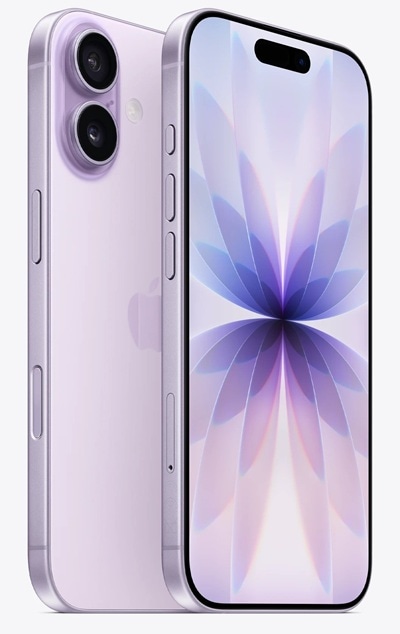
 Black
Black

